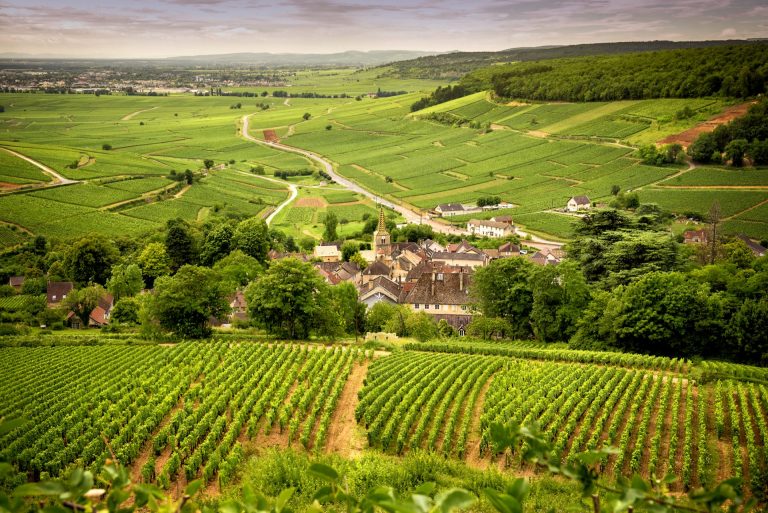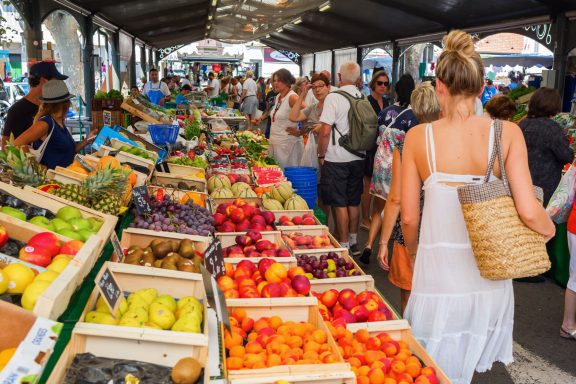In addition to their world-renowned wines, Burgundy and Beaujolais boast rich culinary traditions that perfectly complement the complexity and elegance of their vintages.
Burgundy’s cuisine is characterized by its hearty, rustic flavors and reliance on local, seasonal ingredients. Dishes often feature ingredients such as beef, poultry (especially chicken), snails, and freshwater fish like trout, all cooked in rich sauces made with Burgundy wine. Classic Burgundian specialties include Coq au Vin (chicken braised in red wine), Boeuf Bourguignon (beef stewed in red wine with mushrooms and onions), Escargot de Bourgogne (snails cooked with garlic and parsley butter), and the indulgent œufs en meurette (poached eggs in a red wine sauce). Complementing these savory delights are regional cheeses like Epoisses and Chaource, as well as decadent desserts like Crème de Cassis (blackcurrant liqueur) soufflé and the iconic Tarte Tatin (upside-down caramelized apple tart).
Meanwhile, in Beaujolais, the cuisine reflects a more rustic and simple approach, often centered around fresh, seasonal ingredients that celebrate the region’s agricultural bounty. With a focus on comfort and conviviality, Beaujolais cuisine emphasizes local specialties such as hearty stews, charcuterie, and farm-fresh vegetables. One of the region’s most beloved dishes is the classic “Bouchon Lyonnais,” a traditional Lyonnaise bistro-style meal featuring dishes like Salade Lyonnaise (frisée salad with lardons, croutons, and a poached egg), Quenelles de Brochet (pike dumplings in a creamy sauce), and Andouillette (sausage made from pork intestines). The simplicity and authenticity of Beaujolais cuisine make it a perfect match for the region’s vibrant and fruit-forward wines, creating memorable dining experiences that celebrate the bounty of the land.
In both Burgundy and Beaujolais, food and wine come together in a harmonious celebration of terroir, tradition, and the joy of shared meals among friends and family.































